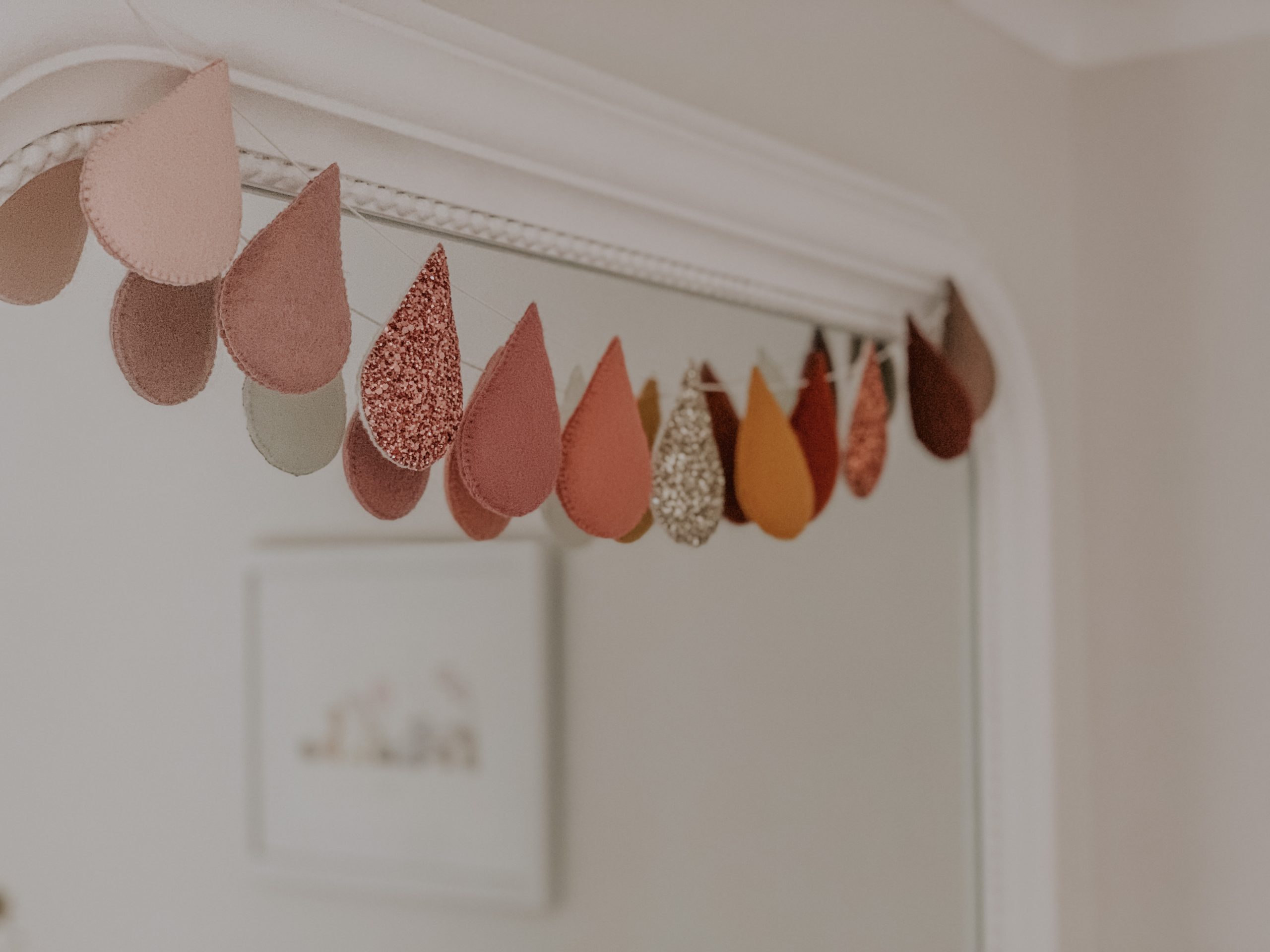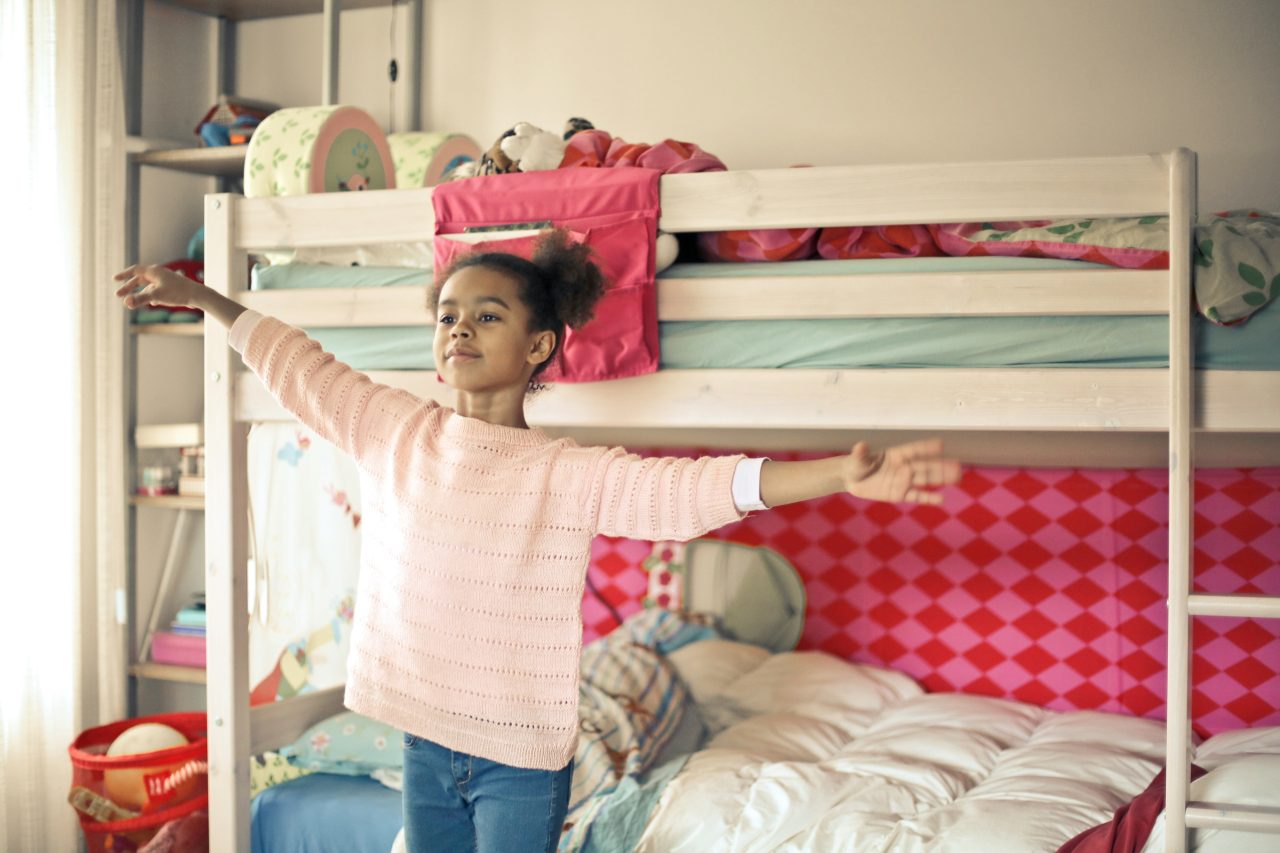While it might seem like a downgrade for two children to share the same bedroom space, doing so can be very practical and worthwhile for your household and family planning. Of course, historically speaking, having two children share their bedroom would be considered the height of luxury – so don’t feel as if you’re putting them into hardship by doing this.
In actual fact, young children can love the experience of sharing the same bedroom. It helps them bond, it allows them to get used to proximity with others and sharing space and will allow you to set house rules more easily, like making sure both go to bed at the same time. Of course, this mostly only applies to children within the same age range, roughly 5 years is the most suitable.
So, how can you manage this once you’ve made the decision? In this post, we’ll help with a few vital adjustments to get used to that new life:
Balance & Divide Their Spaces
Sharing a room doesn’t mean kids can’t have their own space, and they’ll be happy to know that of course. Using furniture or decorations to split the room can work wonders, but if they’re in a bunk bed then it’s good to make certain they have certain areas, perhaps different small drawers or wardrobe areas to ensure they feel a sense of autonomy over “their space,” or “their bunk.”
You don’t have to separate the space with furniture, but subtle color schemes on each side can show distinct areas. Bunk beds or loft beds might free up floor space for separate play areas where their toys are placed. But it’s not about creating two mini-rooms – it’s finding a balance. Kids could have their own side for sleeping and storing stuff, with a shared area in the middle for playing together. This setup might help them learn about boundaries and sharing, which is always a plus for any child.

Find Suitable Beds That Work
Picking the right beds can make living in a shared room so much more comfortable for kids (or for anyone really), and bunk beds are a classic choice as we mentioned above. After all, they save floor space and each bed is still a distinct space even in a bunk bed.
Twin beds could work well as they can be positioned against separate walls to maximize your floor space, and this is especially worthwhile if the kids are of different ages or sizes. Some parents go for “trundle beds” – one bed slides under the other during the day, freeing up play space but still giving each other a comfortable space to sleep in.
Of course, depending on the need then age-specific beds like toddler beds can be a good place to start, especially if two twins are sharing space in a larger room. There’s even furniture that combines beds with desks or storage, which could be handy if they’re growing a little and need a space to do homework. The best approach here is to think about what suits the kids and the room best.
Give Each Their Privacy & Autonomy
Even in a shared room, kids need some privacy as they grow, although, of course, they have nothing to be ashamed of. That said, simple fixtures can really help with this if you prepare appropriately. That might include a curtain they can pull across when they want a little alone time or a small tent for a cozy hideaway to read in.
Giving each child their own storage space – like a separate chest of drawers or wardrobe section as we mentioned above – lets them have control over their belongings and not feel like everything is on display all the time. It’s also good to teach respect for their personal items. Teaching them to ask before borrowing or touching each other’s things can prevent arguments and it’s even more important if you’re trying to show them how to share a room.
If possible, try to give each kid some time alone in the room now and then. It doesn’t have to be much – even a few minutes can make a difference while they organize their toys. The idea is to help them feel like they have some control in their shared space.
Set Appropriate Ground Rules
As with any behavior you’re hoping to achieve from your children, it’s smart to lay some simple, understandable ground rules down that are fair from each side. For instance, these rules might apply when it’s quiet time when friends are over, or how to deal with conflicts by talking to you as parents if they have a disagreement. It’s good to involve the kids in making these rules – they’re more likely to follow them if they’ve had a say.
Maybe one rule could be about respecting each other’s toys or sharing them, or how to use shared items like a TV or game console. It’s also worth thinking about bedtime routines, especially if the kids have different schedules, such as when lights go out or when reading in bed stop. You can incentivize appropriate behaviors with a sticker system that rewards your kids after following the rules for a week or month.

Allow Them To Design Each Side
We mentioned above that putting together a color scheme can help divide the space even if not perfectly divided into two halves.
That said, letting kids have a (small) say in how their side of the room looks can make them feel more at home. It doesn’t have to be a total renovation of course, but maybe give them a few options to choose from. That might involve picking their bedding, or deciding where to put their favorite posters. Little things like this can help them feel much more comfortable in their space.
With this advice, you’re sure to manage two children sharing the same bedroom for the same time, and help them adapt to the new norm with clarity.









No Comments